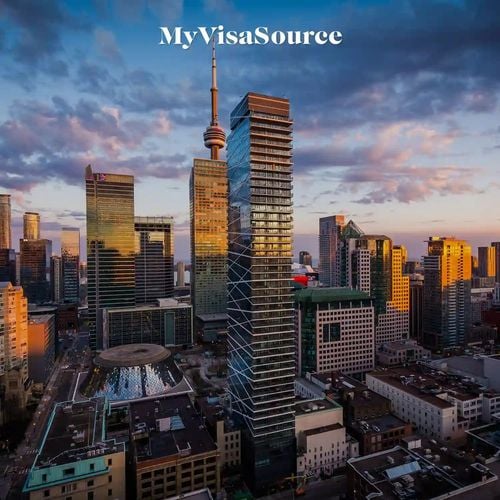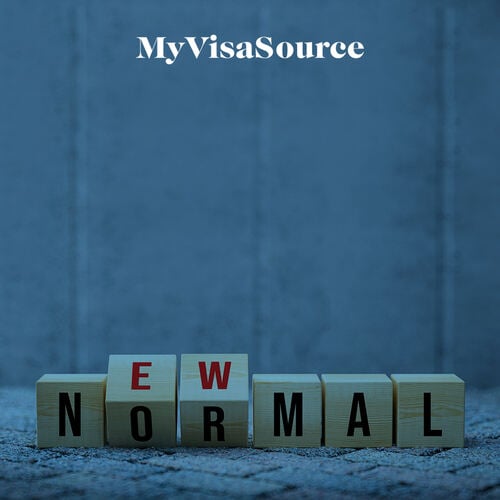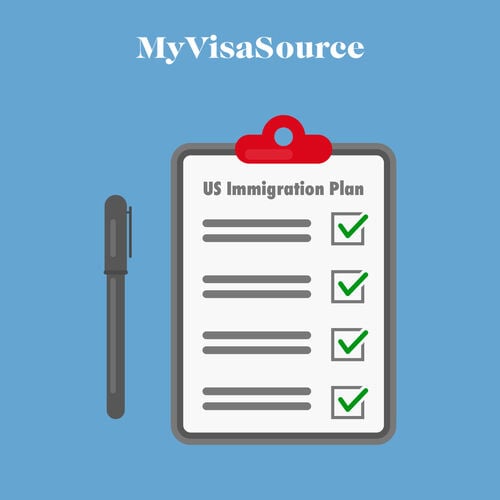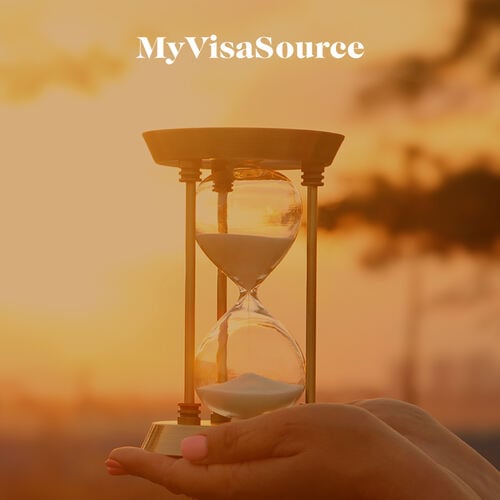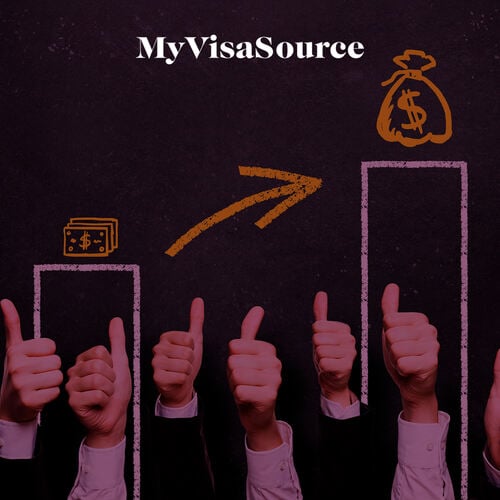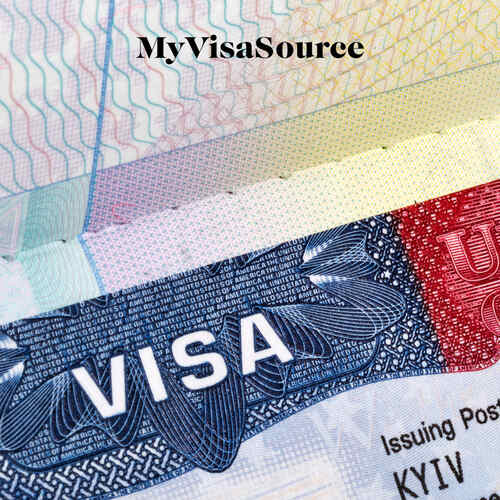US employers heavily rely on the H-2B Visa program to hire temporary foreign workers to fill temporary and non-professional positions. The H-2B Visa program is tough since employers are required to conduct a labor market test to obtain a temporary foreign labor certification. However, over the years it has become essential for US employers as a way of meeting the growing demand for temporary workers.
What Is the H-2B Visa?
The H-2B Visa allows US employers to hire temporary workers for temporary, seasonal, nonagricultural employment. The employment must be full-time and no less than 35 hours per week. Every year, the US Citizenship and Immigration Services (USCIS) issue 66,000 H-2B Visas, the first half on October 1 and the remaining half on April 1. This ensures the availability of H-2B Visas for employers no matter when the need arises.
Why Has the H-2B Visa Program Increased in Popularity?
Many factors are contributing to the rise in popularity of the H-2B Visa program. One of these is the recent trouble faced by the H-1B Visa program which made it difficult for US employers to hire skilled foreign workers in positions that require a degree.
The Covid-19 pandemic has discouraged many people from returning to work. Young people also no longer have to look for summer jobs as many extracurricular activities are available to them. As a result, the H-2B Visa cap has continued to run out before the end of the fiscal year for the last 5 years. In 2021, the H-2B Visa cap for the first half was met on November 16 and on February 12, 2021, for the second half of FY2021.
How Do Employers Hire Temporary Foreign Workers Under the H-2B Visa Program?
The H-2B Visa mandates temporary employment of foreign workers for up to a year or less. Any employment exceeding 10 months will be considered non-temporary unless it is a one-time occurrence. The H-2B Visa Program allows US employers to hire temporary foreign workers based on the following:
One-time Occurrence:
To qualify for this, employers must demonstrate that they have not hired foreign workers in the past and do not intend to hire them in the future. It also happens in case the employer has a permanent position that is otherwise available for a short period, creating the need to hire a temporary worker. This one-time occurrence may be extended up to 3 years.
Seasonal Work:
US employers can hire temporary foreign workers under the H-2 Visa if the position available is tied to a season, a temporary event, or a pattern that happens every year. The position will not be considered seasonal if the period during which the services are available is unpredictable, subject to change, or considered a vacation for the permanent employees.
Peak-load Work:
US employers sometimes require foreign workers temporarily to supplement their permanent workforce due to seasonal or short-time demands. However, temporary workers must not become part of the regular workforce.
Intermittent Need: US employers can hire temporary workers if they can demonstrate that they are hiring only for occasional or intermittent needs.
What Is the Process of Filing for an H-2B Visa As An Employer?
The USCIS has strict guidelines for the processing of the H-2B Visas. The employer must follow the following procedures and deadlines:
Obtain the ETA 9141, Request for Prevailing Wage Determination:
Employers are required to obtain a Prevailing Wage Determination from the National Prevailing Wage Center before filing a petition for the H-2B Visa to the Department of Labor (DOL). The DOL takes anywhere from 30 to 60 days to process this request. Keeping in account the possibility of delays, the employer can expect H-2B Visa processing to begin within 150 days. However, it may get stretched to 180 to 210 days, or 6 to 7 months.



